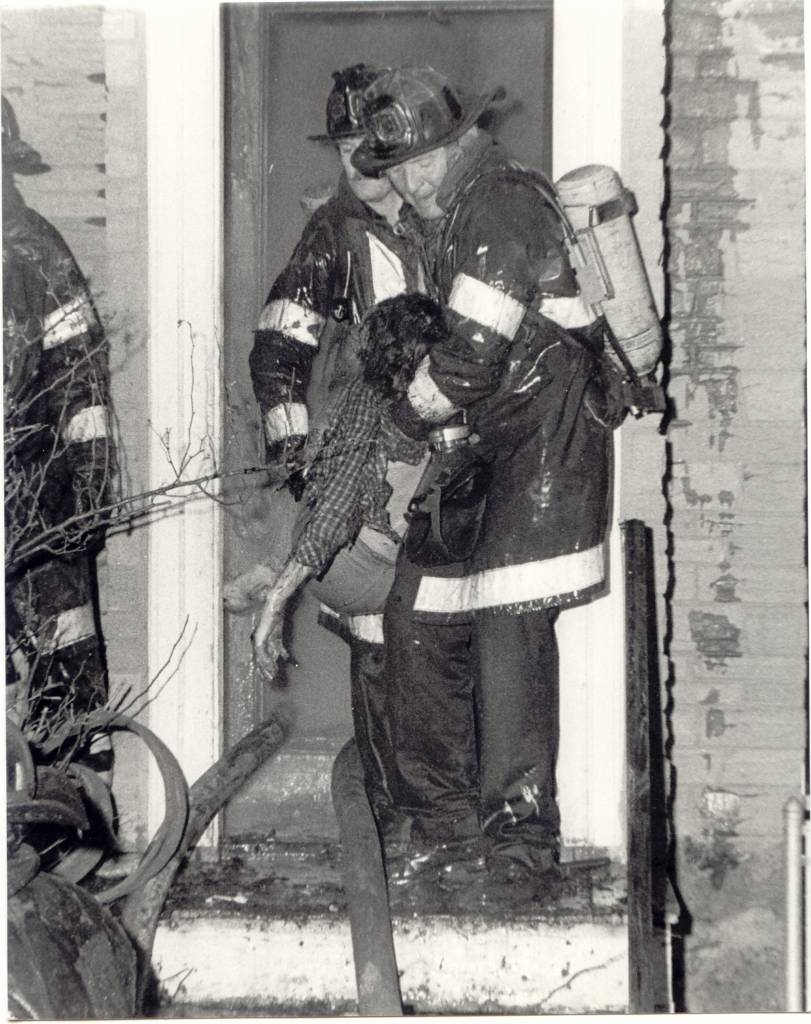Considerations for your 1st hose line
1. Civilians caught and trapped inside residential buildings are 3x’s more likely to die from smoke inhalation than they are from heat/flame exposure.
1. Civilians caught and trapped inside residential buildings are 3x’s more likely to die from smoke inhalation than they are from heat/flame exposure.

2. 70-plus percent of the civilians found in residential buildings are located in bedrooms, hallways and staircases.
3. Home furnishings today are NOT ONLY producing more heat and advanced fire conditions, they are also producing increased concentrations/volumes of lethal SMOKE.
4. Each “second” you spend some place else is another “second” of inhaled toxic smoke for someone caught and trapped inside!! This concern is magnified in the young and the elderly.
5. 50 psi at the tip of a 1.75-inch smoothbore nozzle will deliver 180 gallons per minute or 1500 pounds of water at a reach of 50 feet.
Question: So, when conditions allow, where do you think we should stretch and operate the first hose line in an occupied residential building?
Answer: Hose line # 1 selection, stretch and placement:

*
Inside the front door.
* Between the fire and endangered, trapped occupants.
* Protecting the interior stairs.
* Protecting members searching the anticipated or known areas.
* Timed with the openings: doors – glass – skylights – scuttle.
* Assessing its impact on fire growth/control.
* And…. confining and actually extinguishing the fire!!
Science does not replace what we know works, it should only enhance.
Photo thanks: Bill Noonan – Boston FD
